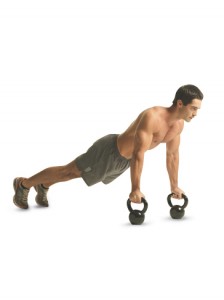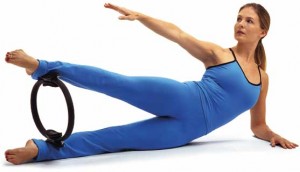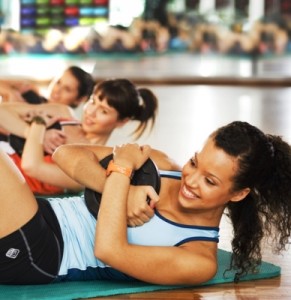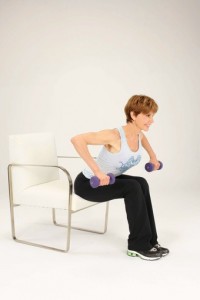 A kettlebell is one of the more modern workout equipment pieces. It is a weight similar to a dumbbell that has been around for decades. It has only been recently that the wave of training with a kettlebell has taken place.
A kettlebell is one of the more modern workout equipment pieces. It is a weight similar to a dumbbell that has been around for decades. It has only been recently that the wave of training with a kettlebell has taken place.
This weight is a round circular ball with a handle attached to the top. Only one handle is used per kettlebell and each kettlebell comes in a particular weight. Various weights are used and begin around 4 kilograms in size. The weights can go up to higher than 60 kilograms. The different weights available give people the ability to modify their workout as time goes by. Through a consistent workout, one will be able to increase the weight to provide a more challenging workout program.
An effective use of a kettlebell can provide many health benefits. The trick to taking advantage of the health benefit is to be sure one is using the kettlebell correctly. Qualified instructors are available to teach kettle bell workouts and can assist a person in optimising their own individual workout.
One of the major health benefits found as a result of working out with a kettlebell is the increase in muscle strength. Weight training provides stronger muscles and so does a kettlebell workout. Muscles will begin to develop and increase in strength within the first few weeks of a workout. The reason for this is that a kettlebell is a weight and as such is used like other weight lifting devices.
Another major benefit of using a kettlebell as a primary workout is the increased endurance one will discover. The kettlebell workouts are a full head to toe body workout. This type of activity helps improve several different body systems. As a result of stronger and healthier body systems, people have more endurance because they are not as fatigued. Fatigue happens when the body has to work harder to function. Increasing activity, such as in a kettlebell workout, helps to improve the overall health of the body’s system.
One of the top benefits and one of the most popular reasons to train with a kettlebell is the increase of rapid weight loss. Weight loss is increased by working out with a kettlebell because this workout incorporates several body systems at once. Two of the biggest ones are strength training and cardiovascular.
Overall, a kettlebell workout provides several health advantages which is why so many are beginning a kettle bell workout.






